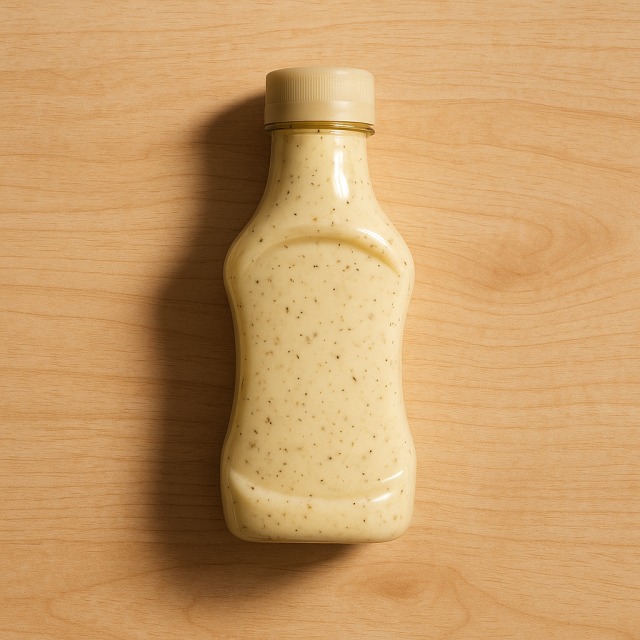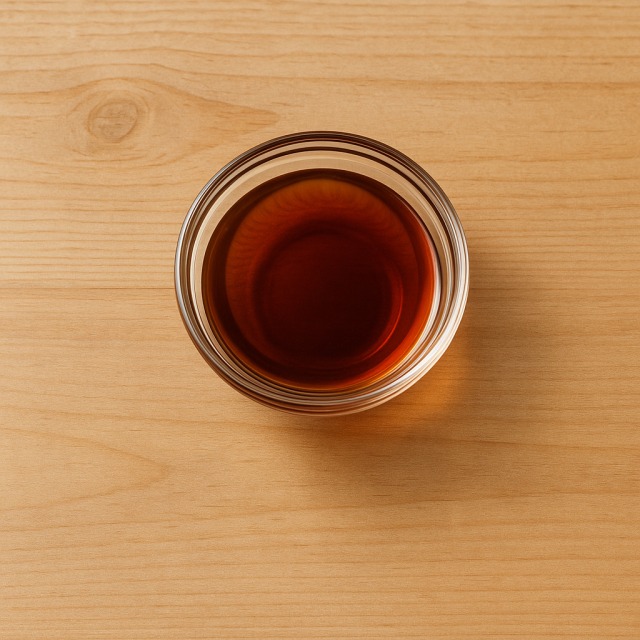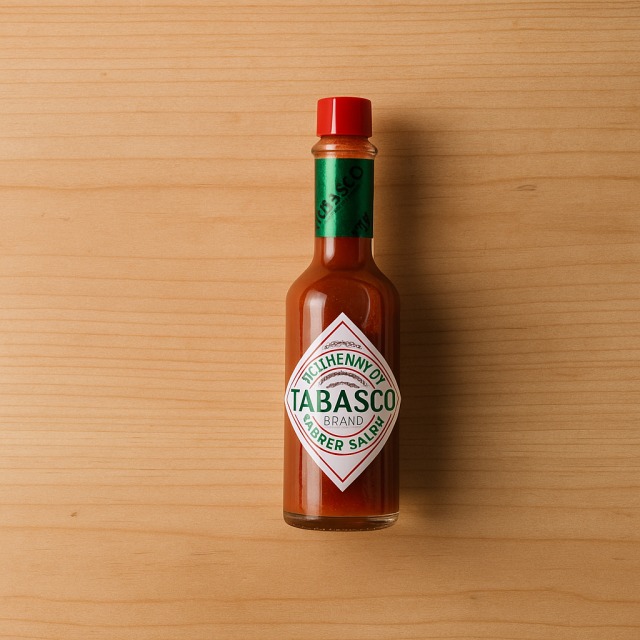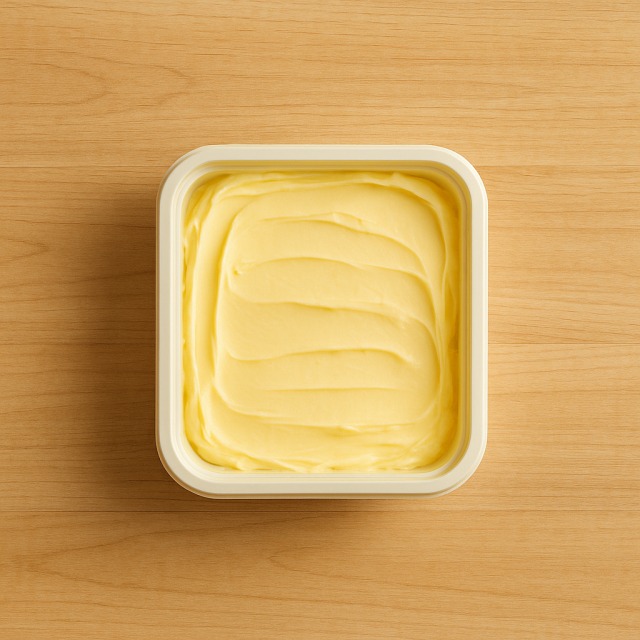Calorie Chart / Seasoning & Sauces / Vinaigrette - Light
How Many Calories Are in Light vinaigrette?
Calculation of the nutritional value & Recommended Dietary Intake of light vinaigrette
For ml and a calorie requirement of kcal
| Calories 39 kcal | Proteins 0 g | Lipids 4.1 g | Carbohydrates 0.4 g |
| 2% | 0% | 6% | 0% |
Health benefits of light vinaigrette

Light vinaigrette - 100ml
Calories 323 kcal
Proteins 0.3 g
Lipids 34.3 g
Carbohydrates 3.3 g
With 323 kcal per 100 g, light vinaigrette is considered a moderate-calorie condiment: it provides fewer calories than a traditional vinaigrette (often over 500 kcal) yet still delivers flavour. These calories are essentially lipids coming from oils such as vegetable oil, while proteins and carbohydrates remain negligible. Because many users look at calories first, it is useful to remember that the calories in a typical serving (one tablespoon ≈ 15 g) are roughly 50 kcal.
The oil base supplies vitamin E (antioxidant) and vitamin K, both fat-soluble and useful for cell protection and blood coagulation. If rapeseed or walnut oil is used, the vinaigrette can provide alpha-linolenic acid (omega-3), thought to help cardiovascular health (a supposed benefit that still needs more large-scale studies). Vinegar contributes acetic acid and polyphenols that may moderate the glycaemic response of a meal. When prepared with mustard, small amounts of selenium and magnesium are also present. Even though calories remain the dominant concern, the micronutrients and unsaturated fats make light vinaigrette more interesting nutritionally than many other dressings.
Historically, the term "vinaigrette" comes from the French word "vinaigre" (vinegar). The lighter version appeared in the late 20th century when consumers became increasingly aware of calories and requested sauces that saved calories without sacrificing taste. Because people tend to underestimate condiment calories, keeping track of vinaigrette calories is an easy win for weight management.
Tips for incorporating light vinaigrette into a balanced diet
To keep your plate balanced while keeping an eye on calories, limit light vinaigrette to 1–2 tablespoons per portion. Drizzle it over a large bowl of lettuce, diced cucumber and ripe tomato for a classic low-calorie salad. Those vegetables add bulk with almost no calories, allowing you to reserve your calories for lean protein or whole-grain sides.
For a satisfying lunch, combine a spoonful of light vinaigrette with cooked quinoa, grilled chicken breast and toasted walnut pieces. The dressing moistens the grains, the chicken adds proteins with few extra calories, and the nuts supply crunch and omega-3, all while the total calories remain easier to monitor.
You can also use light vinaigrette as a quick marinade: 30 minutes with strips of turkey cutlet or cubes of tofu tenderises the proteins and saves calories compared with creamy sauces. When roasting vegetables like broccoli or carrot, brush them lightly with vinaigrette in the last five minutes to add flavour without many additional calories.
Practical tip: one tablespoon ≈ 15 g ≈ 50 kcal, so counting tablespoons is an effective way to control calories. Measure instead of pouring straight from the bottle to avoid hidden calories that can derail a calorie-controlled plan.
Frequently Asked Questions
- How many calories are in light vinaigrette?
- Light vinaigrette contains 323 kcal per 100 g.
- Is light vinaigrette good for a low-calorie diet?
- Yes, it has fewer calories than classic vinaigrette, but you should still account for roughly 50 calories per tablespoon to stay within your daily calorie goal.
- How does light vinaigrette compare to mayonnaise in calories?
- Regular mayonnaise approaches 700 kcal per 100 g, more than double the calories of light vinaigrette, so swapping saves considerable calories.
- What is the typical serving size and calories?
- One tablespoon (≈ 15 g) delivers about 50 calories; two tablespoons (≈ 30 g) provide about 95 calories.
- Does light vinaigrette contain omega-3 fatty acids?
- If prepared with rapeseed or walnut oil, it offers small amounts of omega-3; however, calories still derive mainly from monounsaturated fats.
- Can I make homemade light vinaigrette to save calories?
- Absolutely. Mix 1 part oil with 1 part water or yogurt, add vinegar, herbs and mustard. The dilution cuts calories per spoon while keeping taste.
Similar foods
Information provided by Calorie Menu may contain inaccuracies or errors. It cannot, under any circumstances, substitute medical advice or medication.










